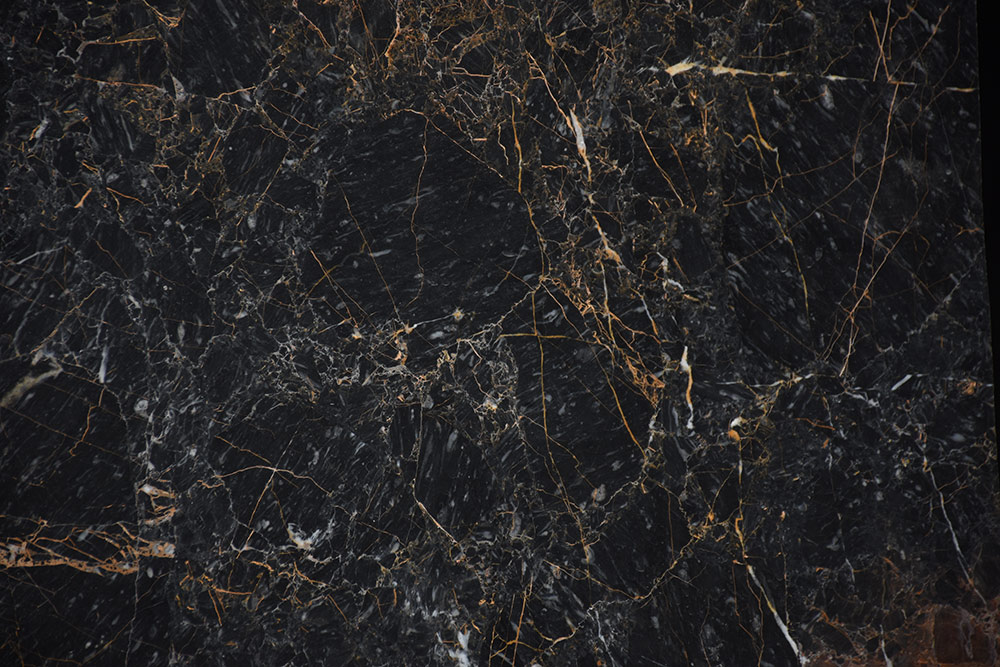- Tell : 09131114998
- Email : info@uranus-stone.com

How to clean the stone and ceramics of your house?
- 1400/11/18 ,
- stone industries Uranus
- 0 Comment
How to clean the stone and ceramics of your house?
Properly covered, it will withstand a great deal of adverse conditions. By doing this, your home space will always look beautiful and stunning. Proper maintenance requires the use of quality methods and products that are appropriate for each department and level. In this article, we will introduce you to how to clean several types of stones.
It is very difficult to clean stone floors and wall coverings due to the bumps and unevenness of the stone. For natural stones such as slate in the counter and floor, it is recommended to use penetrating putties once every two years to prevent deep stains. Clean stone tiles with a few drops of dishwashing liquid and warm water with a soft cleaning tool such as a sponge or soft cloth. For hard stains and soap residues, clean with half a cup of ammonia dissolved in a gallon of water.
Warning: Do not use abrasive, vinegar and fruit cleaners, vinegar is acidic and eliminates stone polish
Granite cleaning
Our advice is not to use vinegar for your stone surfaces, because it is acidic and will destroy the stone finish over time. Natural stones such asgranite need putty after installation, so ask experts in the field about suitable cleaners for these surfaces. "After priming, cleaning with hot water on a daily basis is enough for these stone surfaces," says one ceramic tile expert. For stains and dirt, use stone cleaners with the right pH and water. Be sure to read the instructions for use before using for the correct dilution ratio.
Warning: Avoid acidic detergents and bleaches for these stone surfaces.
Cleaning soapstone
If you want a smooth, non-porous surface, soapstone is very durable and does not show stains due to its dark appearance. This stone is a favorite of those who cook because it is an excellent insulator for heat. Soapstone is easy to maintain. Clean the surface with just a sponge or soft cloth and a few drops of dishwashing liquid or multi-purpose cleaner and warm water.
It is recommended to apply mineral oil soap to the surface of the stone once every two weeks in the first year of installation so that the stone is oxidized (darkened) uniformly. Then do this every two months. Soap stone is resistant to water, chemicals and acids, so stains are not as problematic as scratches on it. Scratches and fractures can also be removed with sandpaper.
Warning: Do not use abrasive or polishing detergents, as they will scratch the surface of the soapstone. Do not use alkaline detergents other than those for stones.
Cleaning marble
One of the most popular materials for kitchen countertops is marble. Marble is smoother than granite and is easily stained and scratched due to its permeable nature. But if you, like me, are a fan of this stone and want to cover your counter surface with it, you should have a series of tips to keep in mind.
Acid stains such as coffee or juice stains are a little difficult to remove from these surfaces and should be removed as soon as they become stained. First clean the stain with a soft cloth or sponge and then wash off the rest with water. Rinse the sponge or cloth with warm water and soak it thoroughly to remove any remaining water from the surface, as it may settle into the pores of the stone and leave a permanent stain. Then dry the surface thoroughly and do not allow it to air dry.
For any marble stone surface, remove it as soon as the stain is formed. Ask your experts about marble cleaners. Avoid fruit detergents, abrasives and vinegar.
and finally :
Before cleaning ceramic tiles, collect debris with a broom or vacuum cleaner. Use a fine bristle brush or a vacuum cleaner head to do this so that no lines fall on the ceramic surface. After this, clean the floor with warm water. For harder stains, use neutral pH solutions. Many slurry and sealant manufacturers have neutral pH solutions that are specially formulated for floor ceramics. After cleaning, wash the surface with warm water.
